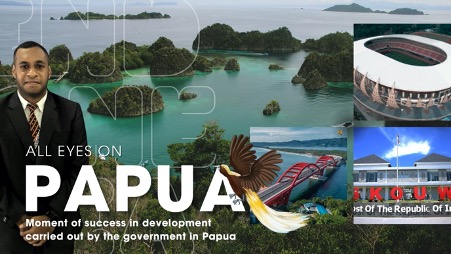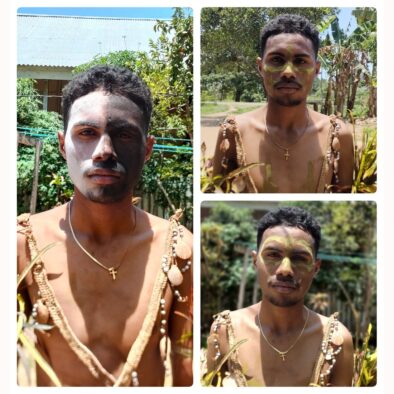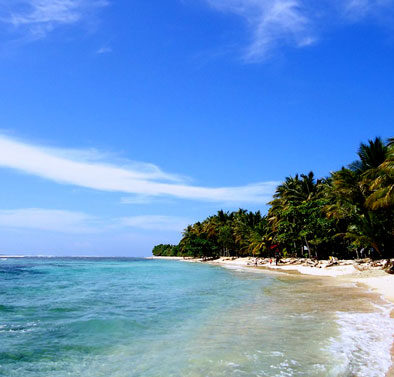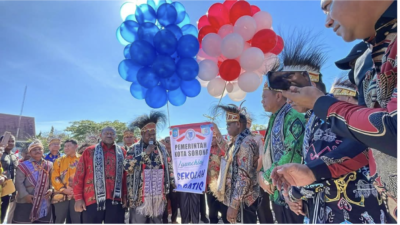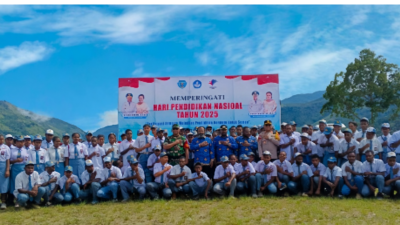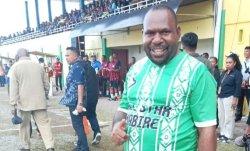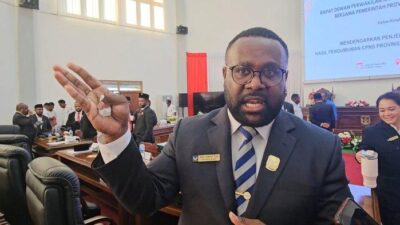Thelandofpapua.com – Social media has been recently dominated by two powerful hashtags, #AllEyesOnRafah and #AllEyesOnPapua, which have ignited significant discussion and mobilized public sentiment both internationally and within Indonesia.
The hashtag #AllEyesOnRafah emerged as a response to the recent attacks on the Rafah region in Palestine by Israeli forces, which resulted in numerous civilian casualties. This tragic event has galvanized Indonesian citizens, known for their commitment to global peace, to protest against the violence and highlight the humanitarian crisis in Rafah.
Indonesian social media users have passionately adopted #AllEyesOnRafah, aiming to draw international attention to the dire situation in Palestine. The campaign underscores the urgency of promoting peace and preventing further loss of innocent lives. It reflects Indonesia’s long-standing position on advocating for Palestinian rights and seeking global solidarity to address the conflict.
Shortly after #AllEyesOnRafah gained traction, the hashtag #AllEyesOnPapua surfaced, directing the public’s focus to critical issues within Indonesia. This campaign centers on the indigenous communities in Papua, particularly the Awyu tribe in Boven Digoel and the Moi tribe in Sorong, who are engaged in a legal battle against palm oil companies encroaching on their customary forests. Despite setbacks in lower courts, these tribes are determined to take their case to the Supreme Court.
The #AllEyesOnPapua movement has garnered widespread support, with millions sharing the hashtag to raise awareness about the environmental and social injustices faced by Papuan communities. These forests, vital for their ecological value as one of the largest in Southeast Asia, are also crucial for the livelihoods and cultural heritage of the indigenous tribes.
However, Steve Mara, a prominent figure in the discussion, cautions against the misuse of #AllEyesOnPapua. He stresses that while the campaign is crucial for highlighting local issues, it should not be co-opted to portray Papua as an underdeveloped region or to push for political agendas such as secession. Instead, he advocates using this momentum to showcase the region’s development achievements and potential.
Steve Mara highlights various successful initiatives and infrastructure projects in Papua, illustrating significant progress. These include the Papua Bangkit Stadium, renowned as one of the best in the Asia-Pacific, the Trans Papua Road, and numerous government buildings, bridges, ports, and airports that have enhanced connectivity and economic growth. Additionally, special markets for Papuan women and strategic programs like the Papua Youth Creative Hub underscore the efforts to nurture young talent and promote sustainable agriculture.
Remarkable achievements of young Papuans, such as Jose Nerotouw, who has excelled in mathematics and gained international recognition, serve as inspiring examples of the region’s potential. The hashtag also aims to promote Papua as a land of peace and hospitality, rich in tourism opportunities with destinations like Raja Ampat and the Arfak Mountains offering immense ecotourism potential.
By focusing on these positive narratives, #AllEyesOnPapua can help transform public perception, attracting tourists and investments that will contribute to Papua’s development.
The dual campaigns of #AllEyesOnRafah and #AllEyesOnPapua reveal a deep-seated desire among Indonesians to advocate for justice and progress both globally and locally. While #AllEyesOnRafah seeks to halt the violence in Palestine, #AllEyesOnPapua aims to address indigenous rights and showcase development in Papua. Together, these movements underscore the power of social media in driving awareness and fostering solidarity for critical issues across the world.

